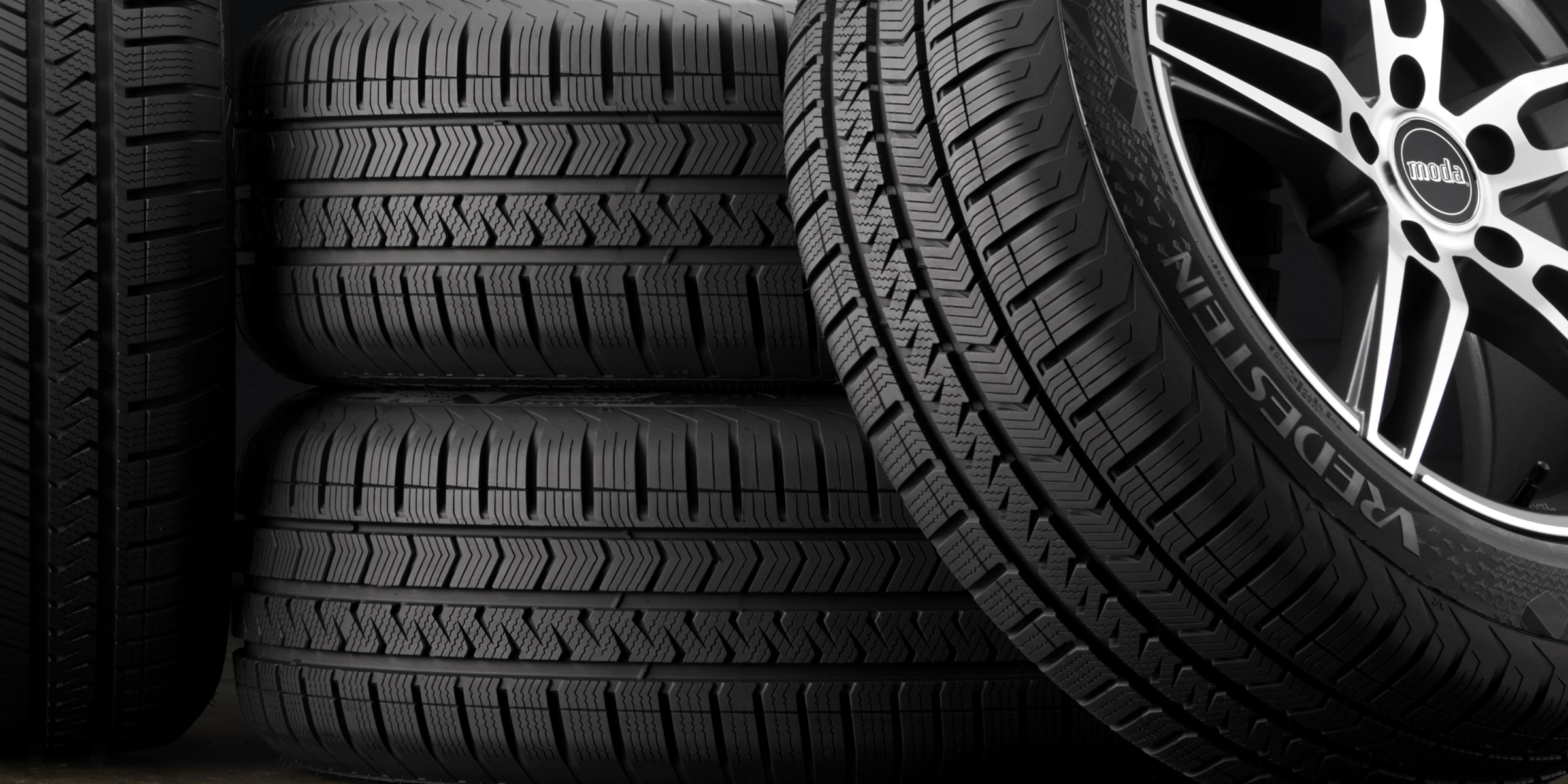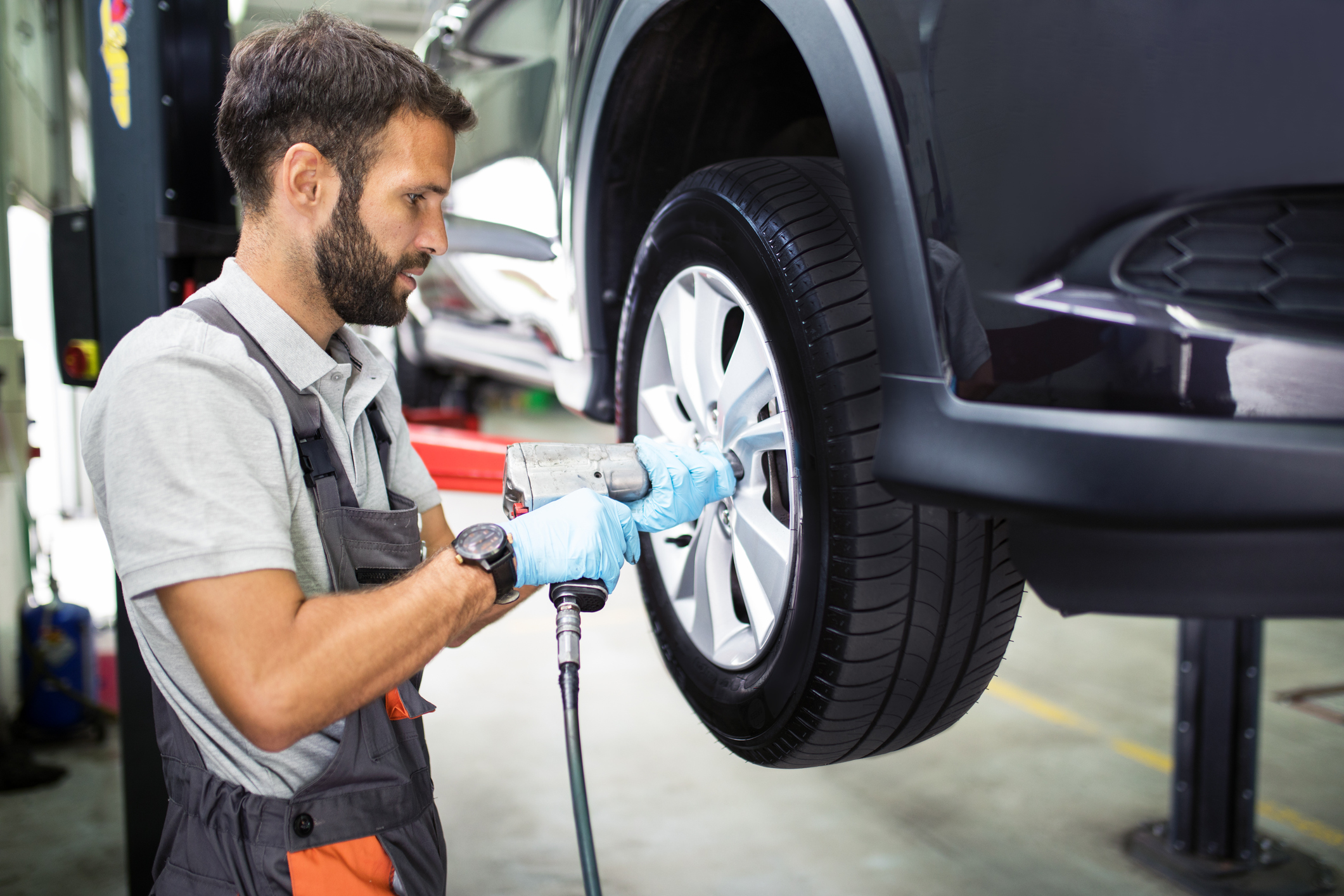What You Need to Know About Your Vehicle’s Filters



New tires are an inevitable expense, but telling when it’s time to get new tires may not be widespread knowledge to all drivers. Conflicting information from friends and family, from what you read online, etc. may make diagnosing your tire situation a dubious task.
Here are the five telltale signs you should check to determine if you need new tires.
1. Low tire tread depth
To test tire tread depth insert a quarter upside down into the tread. If it doesn’t cover George Washington’s hairline, it means the tread is less than 4/32 of an inch deep, and it’s about time to bite the bullet and get new tires. In many states, just 2/32 of an inch is considered the minimum legal tread depth. However, more tread is safer.
Tests conducted showed a car going 70 miles per hour with tread of 2/32 of an inch took 5.9 seconds to stop and required a distance nearly double that of a vehicle with new tires. Meanwhile, with treads that were 4/32 of an inch, while it still took 100 feet more to stop and 1.2 seconds longer, this was much better than what was achieved with the minimal 2/32 of an inch tread.
2. Tires are old
No matter how rock-solid the tires were when you first purchased them, time leaves its mark. With age, rubber becomes brittle. In addition, the tire’s reinforcing cords can weaken over time. It’s important to know how often to replace your tires. Even if the tread appears intact, most manufacturers advise you to replace your tires after six years.
If you look at the side of the tire, you’ll see the manufacturer’s code. The last four numbers here indicate the production date. If this is 3009, for example, it means that the tire was produced in the 30th week of 2009 and it may be time to get new tires. In more severe climates where you may routinely deal with extreme heat, the ultraviolet rays of the sun may impart structural changes in your tires. This may mean that you will have to make the change sooner.
3. Tire sidewall cracking
Look beyond the tread to the sidewall of the tires. Are there any noticeable cuts or grooves? If so, you may be wise to purchase new tires, since these can be signs that a leak is developing or that the tire is weakening and may soon blowout.
4. Bulge in tire sidewall
If the tire has begun to weaken, sometimes the rubber may begin to bulge. This is a red flag, indicating that the tire has begun to fail and may unexpectedly blow out at any time, putting you and your passengers in jeopardy.
5. Vibrations while driving
Has the ride recently seemed very rough or have you noticed vibrations while driving? If so, this can be a sign that your tires are indeed shot, and it’s time to put aside your skepticism and get new ones.

Basic vehicle maintenance keeps your car running smoothly and can prevent breakdowns and even accidents. Some of these tasks you can do yourself, while others require taking your vehicle to a mechanic for annual car maintenance. Your manufacturers’ handbook will let you know how often regular maintenance is needed and the frequency that your car will need to be serviced. Follow these car maintenance tips to keep your vehicle in good working order:
Tip 1: Take Care of Your Tires
Keeping your tires in good condition isn’t just important for vehicle maintenance. Tires in poor condition pose a dangerous threat to the safety of you and your loved ones. Here are a few tire care items to be mindful of:
Tire pressure – Check your tires’ pressure at least once a month. Underinflated tires affect your fuel efficiency and cost you money.
Tire rotation – Rotate the tires every 5,000-8,000 miles.
Tire condition – Inspect your tires regularly – at the same time you’re checking the tread – for any signs of bulges or bald spots. If you spot any of these danger signs, have the tire replaced as soon as possible.
Uneven wear – Uneven wear on a tire indicates wheel alignment problems. Have the wheels aligned properly as soon as possible.
Spare tire – It’s easy to forget that spare tire stuck in the back of your car. Check it at least once a month to ensure it’s usable if you find yourself having to replace a flat.
Tip 2: Check Fluids
At least every 5,000 miles, check and refill your fluids. These include:
Changing the oil
Checking brake, coolant and/or antifreeze, transmission, washer and power steering fluids.
Tip 3: Check the Battery
When your battery goes dead, you’re stuck. Checking the battery regularly can help you avoid this uncomfortable situation.
You can have your mechanic check the battery or do it yourself via a car battery tester.
Tip 4: Check the Lights
Check your exterior and interior lights regularly.
Besides the headlights, make sure your indicators, brake lights and fog lights are in good working order.
Tip 5: Get an Annual Inspection
At least once a year, or according to the manufacturer’s recommendations, take your car in for servicing. Your mechanic will check the fuel filters, brake pads and spark plugs and replace them if needed.
The mechanic will also flush the radiator to get rid of the old fluid and replace it with new fluid.
Other annual maintenance includes checking the ABS sensor, timing belt and fuel pressure regulator.